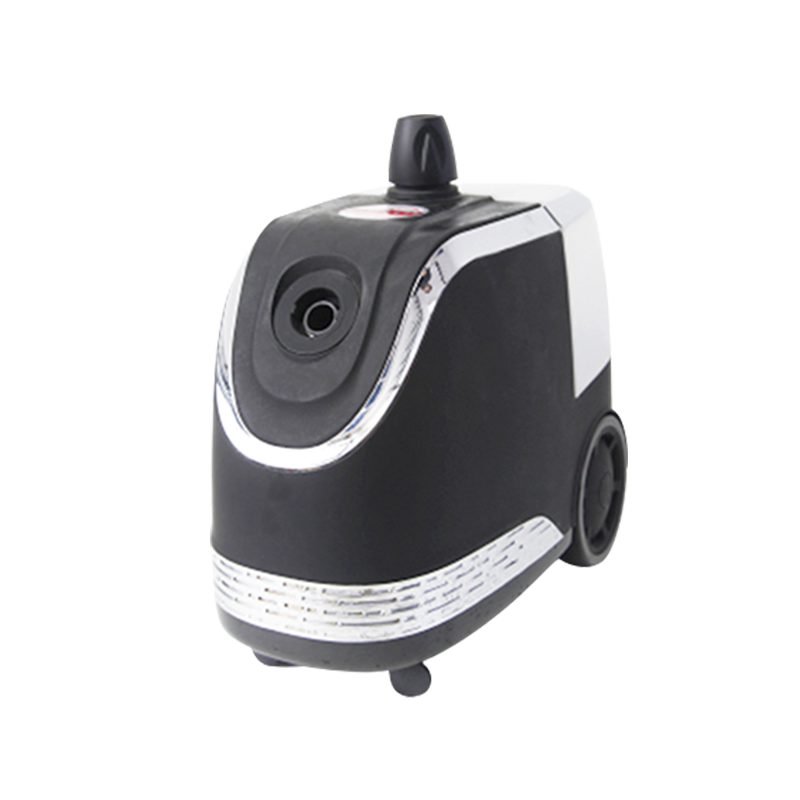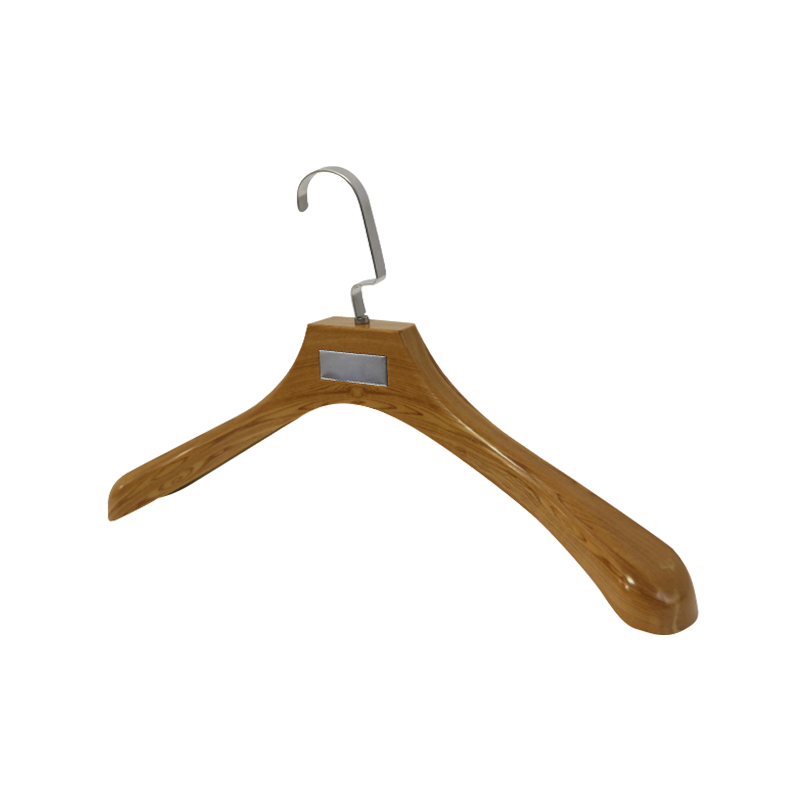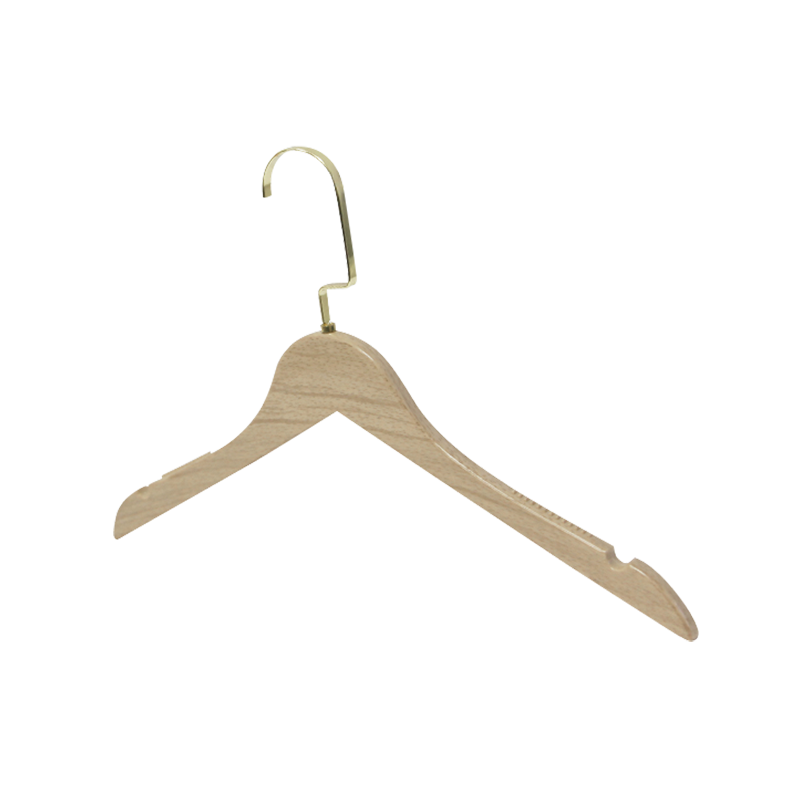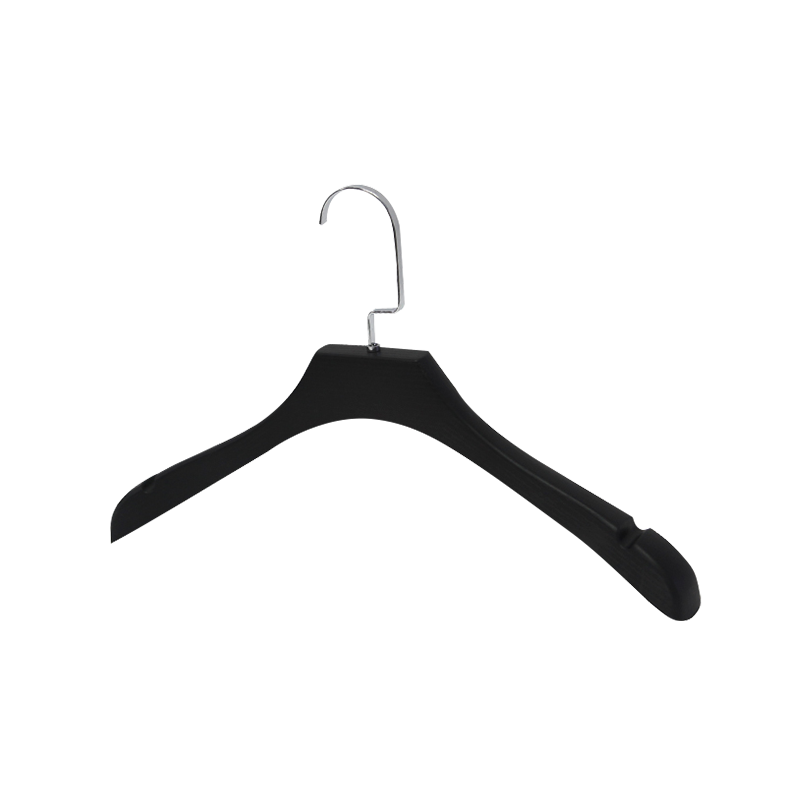A garment steamer manufacturer is a popular household appliance designed to remove wrinkles and refresh clothes, offering a quick and efficient alternative to traditional ironing. It uses steam to relax the fabric fibers, allowing wrinkles to be smoothed out without direct contact, which can often cause damage to delicate fabrics. Garment steamers have gained popularity due to their ease of use, versatility, and ability to safely handle a wide range of fabrics.

Key Features of Garment Steamers
1. Efficient Wrinkle Removal
One of the primary features of a garment steamer is its ability to remove wrinkles from various types of fabrics quickly and efficiently. Unlike traditional irons, which require direct contact with fabric, steamers use hot steam to gently relax the fibers of the material. This method is particularly effective on delicate fabrics such as silk, satin, and polyester, which can be damaged by direct heat from an iron.
Garment steamers are also capable of removing stubborn wrinkles from heavier fabrics like cotton, linen, and wool. They can be used vertically, making it easier to steam clothes while they are hanging, reducing the need for an ironing board. This feature makes steamers an ideal solution for those who want a quick and convenient way to keep their clothes wrinkle-free without the need for complex setups.
2. Gentle on Fabrics
Garment steamers are generally gentler on fabrics compared to traditional irons. Since steam is applied without direct contact with the fabric, it reduces the risk of scorching or damaging delicate materials. This makes steamers an choice for garments made from fine or sensitive fabrics, such as delicate blouses, dresses, or suits, which can be easily damaged by an iron’s direct heat.
The steam also helps to refresh fabrics by removing odors and neutralizing bacteria, making it a versatile tool for garment care beyond just wrinkle removal. This gentle approach to fabric care makes garment steamers ideal for frequent use on a variety of clothing items, particularly those that require special attention.
3. Ease of Use
One of the standout features of a garment steamer is its ease of use. Unlike an iron, which requires an ironing board and careful attention to avoid scorching or pressing wrinkles deeper into the fabric, a steamer only requires filling the water tank, turning it on, and directing the steam onto the garment. The ability to use the steamer while clothes are still hanging allows for a more efficient and convenient steaming process, especially for items that are difficult to iron, such as curtains or delicate garments.
Many garment steamers are designed with ergonomic handles and a lightweight construction, making them easy to hold and maneuver during use. Some models even include adjustable steam settings to accommodate different fabric types, allowing users to customize the steam intensity based on their needs.
4. Quick Heat-Up Time
Garment steamers generally have a quick heat-up time, allowing users to start steaming their clothes in a matter of minutes. This is especially useful for people who need to quickly freshen up an outfit before leaving the house or preparing for an event. High-quality steamers typically heat up in less than 2-3 minutes, which is much faster than an iron that requires time to reach the desired temperature.
The quick heat-up time also ensures that the steam is consistently strong, enabling faster wrinkle removal and more effective steaming. This feature makes garment steamers a convenient tool for those with busy schedules or for last-minute garment refreshment.
5. Versatility
In addition to garments, many garment steamers are versatile enough to be used on other household items, such as upholstery, drapes, bedding, and even certain types of carpets. The ability to steam a variety of surfaces makes garment steamers valuable multi-purpose appliances. Some steamers come with specialized attachments, such as fabric brushes or crease tools, that help with different applications like refreshing curtains, removing odors from upholstery, or creating sharp creases in trousers.
This versatility allows garment steamers to be used in a variety of ways beyond simply removing wrinkles from clothes, contributing to their growing popularity as an essential household item.
Precautions When Using Garment Steamers
1. Proper Water Usage
It is essential to use clean, distilled water in the steamer to prevent mineral buildup and the formation of scale. Tap water, especially hard water, can leave mineral deposits inside the steamer, which can clog the internal components and affect its performance over time. To prolong the life of the steamer and maintain its efficiency, it’s recommended to use distilled water or a demineralized water option, depending on the manufacturer's guidelines.
If your steamer has a water tank, always ensure it is filled to the appropriate level and avoid overfilling it, as this can cause leaks or affect the steam output.
2. Avoiding Burns and Scalds
While garment steamers are designed to be safe, they can still cause burns or scalds if not used properly. It’s essential to handle the steamer with care, especially when it is in use or just after it has been turned off. Steam can reach very high temperatures, and direct contact with the nozzle or steam can cause serious burns. To avoid injury, always keep the steam nozzle away from your skin and wear heat-resistant gloves when handling the appliance.
Additionally, avoid directing the steam towards the face or other sensitive areas of the body. It’s important to follow safety guidelines and ensure that the steamer is used in a well-ventilated area to minimize the risk of steam burns.
3. Cleaning and Maintenance
Proper cleaning and maintenance are key to ensuring that your garment steamer continues to work effectively over time. After each use, it’s important to empty the water tank and allow the appliance to cool before storing it. This prevents any remaining water from evaporating inside the steamer and causing mineral buildup or unpleasant odors.
Many garment steamers come with cleaning instructions, which may include periodically descaling the unit using a mixture of vinegar and water or using a descaling solution specifically designed for the steamer. Regular cleaning helps prevent clogs, maintains steam pressure, and extends the life of the appliance.



 Language
Language  English
English 中文简体
中文简体 Español
Español русский
русский








